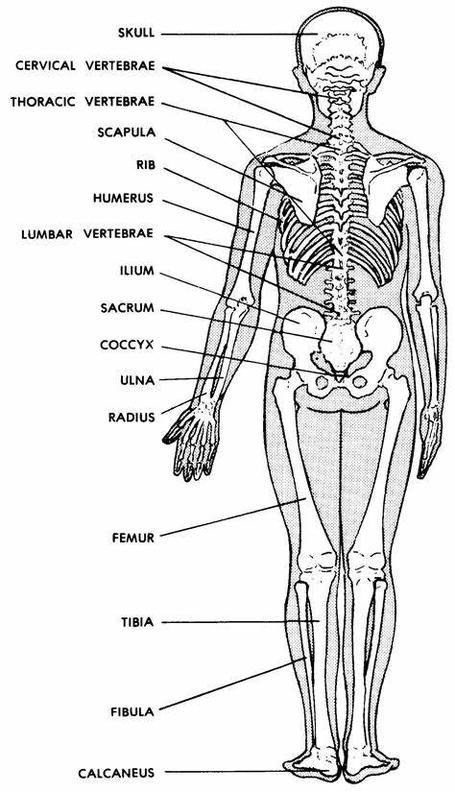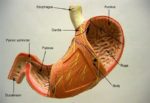The Human Skeletal System
The human skeletal system, also known as the musculoskeletal system, is the internal framework of the body, providing support, enabling movement, and performing several other essential functions.
Composition
The human skeleton is composed of around 270 bones at birth, which decreases to around 206 bones by adulthood after some bones get fused together. The bone mass in the skeleton makes up about 14% of the total body weight.
ubdivisions
The human skeleton consists of two principal subdivisions:
1. Axial Skeleton: This includes the vertebral column (the spine), much of the skull, and a part of the rib cage. The axial skeleton maintains the upright posture of humans, transmitting the weight from the head, the trunk, and the upper extremities down to the lower extremities at the hip joints.
2. Appendicular Skeleton: This is formed by the shoulder girdle, the pelvic girdle, and the bones of the upper and lower limbs. The appendicular skeleton makes locomotion possible and protects the major organs of digestion, excretion, and reproduction.
Functions
The human skeleton performs six major functions:
1. Support: The skeleton provides the framework which supports the body and maintains its shape. The pelvis, associated ligaments, and muscles provide a floor for the pelvic structures.
2. Movement: The joints between bones allow movement, some allowing a wider range of movement than others.
3. Protection: The skeleton provides protection for your organs. For example, the brain is well protected by the cranium and the spinal cord by the vertebral column.
4. Production of Blood Cells: The skeleton is responsible for the production of blood cells.
5. Storage of Minerals: The skeleton stores minerals.
6. Endocrine Regulation: The skeleton plays a role in endocrine regulation.
exual Dimorphism
The human skeleton is not as sexually dimorphic as that of many other primate species, but subtle differences between sexes in the morphology of the skull, dentition,



